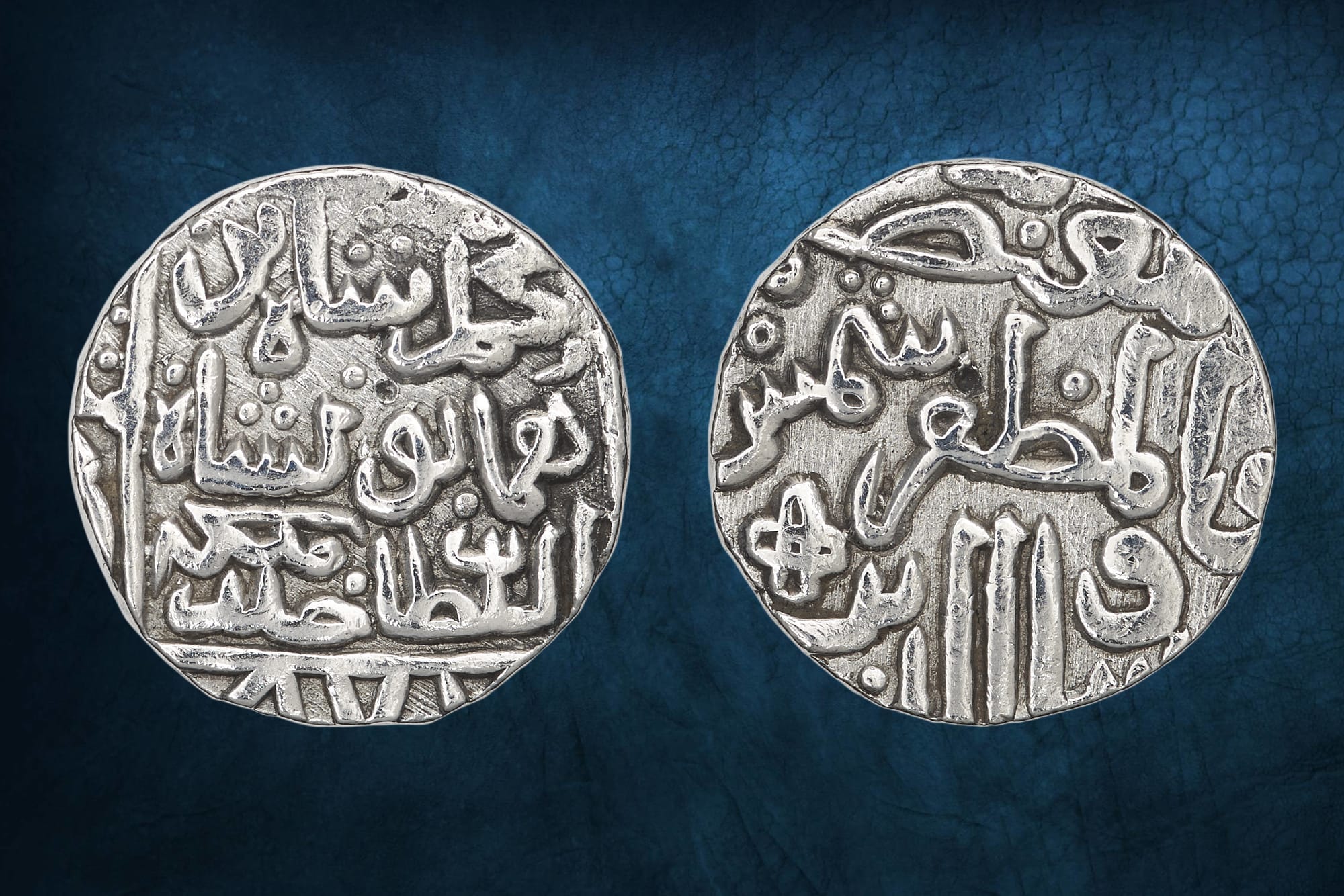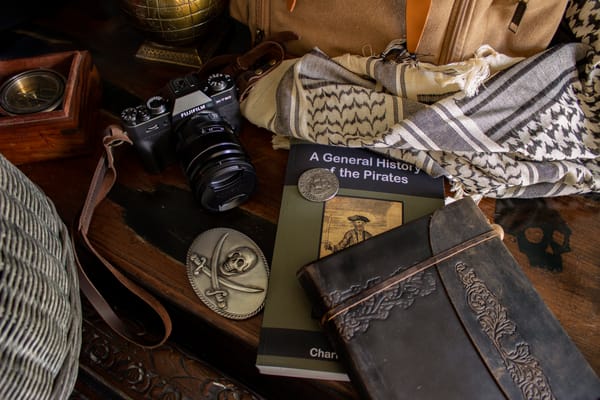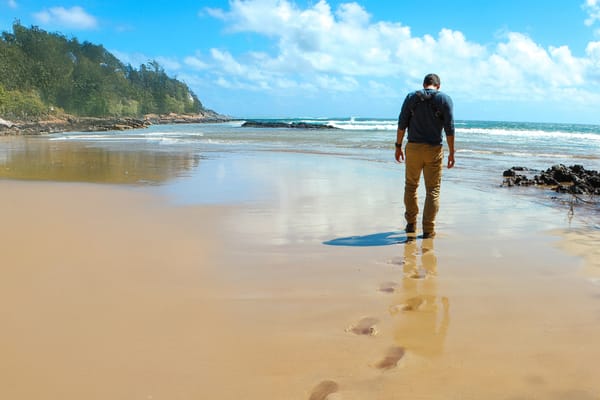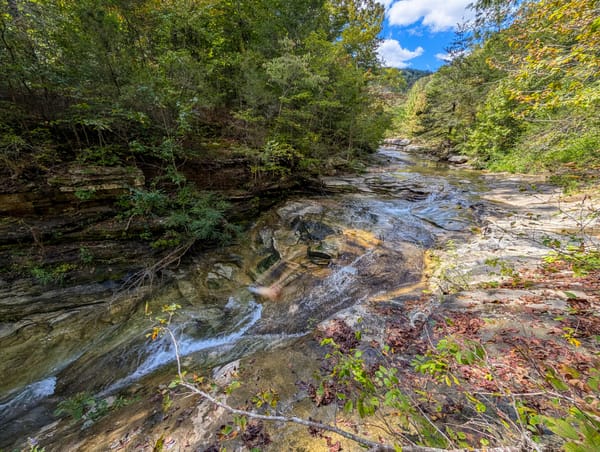Search for the Wreck of the Flor de la Mar

Climbing through the jungle caves of Sumatra, I embarked on a short detour before heading to my final search location, with the past three weeks running through my mind. The longboat in Thailand had taken me far from the tourists to several rarely visited islands. In the Malaysian historic trading port of Malacca, the tourists had been unavoidable. However, here in Indonesian Sumatra, tourists were nearly non-existent.

That was fine with me. This was not a multi-country pleasure trip.
My route had been decided just over 500 years earlier. This was the path of the Flor de la Mar, the Flower of the Sea. It was the ship of Portuguese Admiral Afonso de Albuquerque. The ship was heavily laden with treasure intended for the King of Portugal, King Manuel; A ship which got caught up in a storm and reportedly sunk no more than a cannon shot from shore. I had spent so much time researching these last few years of its history that this had become a call that needed to be answered.
I see exploration as a right and not a privilege for a chosen few. Like all humans, it was part of my DNA. In my case, a large enough part that I decided to use my savings and banked vacation time to see this through. Unlike Afonso, the man whose footsteps I was following in, I was not born into wealth and connections. No exclusive University had sent me here, no affiliations had requested or organized this endeavour. Curiosity had brought me here, and I was alone, save for the bats overhead.

The ship was said to be carrying a tribute from the King of Siam (Thailand), an offering to the King of Portugal to solidify trade between the countries. Afonso's ship carried not only the treasure of Siam but also his vast personal fortune that he had amassed from the conquest of Goa, India, just a year earlier in 1510. After that victory, King Manuel had appointed Afonso as the governor of India. King Manuel had one task remaining for Afonso before returning home, and that task would bring him to Malaysia.
In the 16th century, Malacca was one of Asia's most important ports. The port of Malacca was where the silks and spices of the Orient were traded before making their way to Europe. It was said, "whoever is lord of Malacca has his hand on the throat of Venice", meaning they controlled the trade of spices into Europe. The King of Portugal, among others, wanted that control. In 1509, the King sent Diogo Lopes de Sequeira to South East Asia, one of his goals was to seek an agreement with the Sultan of Malacca. Diogo returned unsuccessful in securing any trade agreements for Portugal. The King then looked to Afonso de Albuquerque, the conqueror of Goa to then take the port of Malacca by force. In 1511, with just 700 Portuguese and 300 Indian soldiers, Afonso conquered Malacca. He plundered the port as well as the Sultan's palace.

Malacca today is a historic tourist destination, where you can find a re-creation of the Flor de la Mar just a stone’s throw away from a Hard Rock Café. There is also a re-creation of the Sultan’s palace from which Afonso and his men looted a vast amount of riches. Both locations serve today as local museums. There does, however, remain a small part of the Portuguese fortress, A’Famosa, or the Famous, as it was called back then. This was the fortress Afonso and his troops constructed after conquering the city in 1511.

Finally, it was time for Afonso to return home. He had with him the tribute of the King of Siam, his personal fortune from India, and now the riches of Malacca and the Sultan’s palace. A total estimated to be worth 2.6 billion dollars. He had so much treasure that the only ship with a cargo area capable of holding it all was his personal ship, the Flor de la Mar. At 120’ long, 110’ high, and with 40 cannons, it was a formidable ship, but it was old. When most ships at that time were built for 3 years of service due to wood rot and insects, the Flor de la Mar was now in its 9th year at sea. It had the capacity, but with it fully loaded, it was now pushing its luck. Leaving most of his soldiers to defend Malacca, Afonso set sail in the Flor de la Mar alongside a handful of smaller ships.
Somewhere off the coast of Indonesian Sumatra, Afonso's luck gave out. Caught in a massive storm, the ships sailed closer to the shore. The Flor de la Mar, weighing more than the accompanying ships and sitting deeper in the water, hit a reef off the coastline. Being as old as it was, the ship broke into two halves. Against all odds, one of the smaller ships, the Trinidade, managed to rescue some of the crew and Afonso, who had survived on a makeshift raft.

The widely held belief is that the Flor de la Mar sank near the Kingdom of Aru near a place called Timia Point. Not much was known about Sumatra to the Europeans at that time, however, the Kingdom of Aru was likely the best documented part of the island to European explorers in the 16th century. The modern-day city of Medan is located where the center of the Kingdom of Aru used to exist. It is thought that modern-day Tamaing River is a modern translation or evolution of the name Timia. Tamaing River also leads to a bit of a coastline, which could be described as a point. As a result, that area has been the focus of most search efforts over the years, all of which have found nothing. Diving in this area is difficult due to low visibility from silt and pollutants. From Afonso's time to modern day, this strait of water between Indonesia and Malaysia is one of the world's highest traffic shipping trade routes.
While doing my research, I became very sceptical of this Tamaign river theory for several reasons. Firstly, there is no known historical map which actually shows a place called Timia Point. The Tamaing River assumption is just that, an assumption. As well, saying that it sunk off the coast of the Kingdom of Aru is relative; if Aru was one of the most widely known areas in Sumatra to Europeans at that time, it makes sense that they would use it as a landmark reference. It is hardly a pinpoint location. Lastly, these accounts were all made by third-party authors. Afonso made it back to India aboard the Trinidade, where he later died in 1515, but before his death, he wrote several letters to King Manuel.

Afonso writes that he did return to the wreck site after the storm, but fears the natives of Pasai may have gotten what treasure had not already been lost to the sea. Unlike Timia point, Pasai has been identified on maps and it is located 330 km north of Medan and 200 km north of the Tamaing River. In another letter to the King dated Aug 20th, 1512, Afonso writes very specifically, "The Flor de la Mar was wrecked near Pasé". Much like Timia Point, there is no historic map with Pasé shown on it; my breakthrough moment came from reading the letters of Captain Diogo.
King Manuel first sent Diogo Lopes de Sequeira to South East Asia to try and secure a trade agreement with Malacca 2 years before he sent Afonso. Afonso doesn't explain where Pasé is, but Captain Diogo does. In one of his letters, Diogo briefly mentions the port, stating, "I anchored at Pedir in Sumatra, and later sailed 20 leagues eastward along the coast where I received a warm reception at a place called Pasé. Pedir was a known location very near to Pasai, the area that Afonso referenced looters coming from. As a reference, 20 leagues is 110 km. Now, knowing the starting location of Pedir and following that coastline for 110 km, that puts it just northeast of another known historic city called Pacem. Comparing 16th-century maps marked with Pacem to modern-day maps, we see a coastline that can be identified today as Diamond Point.

I was on route to Diamond Point when I took this detour into the jungle and found this cave system. I had spent three weeks retracing the story of the ship, and while it had been interesting, most of the old locations were now replaced by modern developments. I felt a need to see Sumatra through the eyes of the European sailors of that time. Marco Polo had referred to the Sumatran Batak tribes as man-eaters, given their indulgence for cannibalism. To the European sailors, this land must have seemed wild, exotic, and dangerous, and certainly fitting of its moniker as the Land of Dragons. In the jungle and caves far from the many museums of Medan, for the first time, I could feel the primordial atmosphere of this place. It was a worthwhile stop along the way. For me, this was never about a treasure hunt. It was about walking alongside the ghosts of the past, to feel transported back through time and gain greater insights into what that reality must have looked like. I finally found the end to the cave system, bade the many bats farewell, and continued on to my chosen search area, Diamond Point.

Sumatra was known for tsunamis and tropical storms. Though the massive waves can be devastating, they also tend to redistribute items from the sea floor and wash them up on the coast. Given the visibility of the water and my limited resources, I opted to cover the shoreline on land using a Minelab GO-FIND 66 Metal detector. The main benefit of the detector was its portability, given the number of small planes I had been on over the last three weeks. The Minelab folds up and easily fits into carry-on luggage. My plan was to search for any artifacts or signs of wreckage, such as period-correct metal nails or, ideally, a cannon. I was wearing a leather harness I had made that allowed me to carry the detector on my back and allow my arms intermittent breaks when hiking to other parts of the coast. Regardless, it was a difficult search.
Given the rain, humidity, insects, and unrelenting heat, thoughts of the 16th century soon turned to misery. To make matters worse, the coastline was covered with garbage, some buried, much out in the open. Given the Malacca Strait’s history as one of the world’s busiest trade routes, the environment had suffered greatly, where centuries of trash had washed up ashore. This, as you can imagine, made metal detecting quite difficult, given the amount of metal and foil refuse buried along the coast. There could be many artifacts from the ship that are non-precious metals. This fact led to digging up most hits, and given the amount of trash, there were several. In a foul-smelling cluster of mangrove roots, home to many small crabs, my patience was rewarded. Digging at this point, with little hope remaining, I was searching for the latest hit. I needed the pin pointer as the item in question proved to be quite small. At first, I thought it was a button given its size, but upon closer inspection, I could clearly see the Islamic writing. This was a coin, a very small, very old, silver coin.

Once cleaned up, the coin was identified as a Silver Tanka. An Indian coin from the time of Muhammad Shah III, Bahmanis Sultanate. Dated AH877 (1473AD)- an Indian coin in Sumatra? India did trade during that time in Southeast Asia, and this may be no more than a merchant's coin lost during trade with the city of Pasé. However, Afonso de Albuquerque conquered Goa, India, before Malacca and was appointed Governor of India by King Manuel. It was thought that some of Afonso’s personal fortune amassed in India was lost aboard the Flor de la Mar, and this particular silver coin would have been in circulation at the right time and in the right area for Afonso to have obtained it during his time in Goa. Although not definitive proof that the Flor de la Mar was wrecked on Diamond Point, it is certainly an intriguing find. Perhaps it is only the first of many artifacts that will be discovered on that bit of shore, but with Covid-19 closing borders and funds running low, for now, it will have to just serve as one more clue in the search for that ill-fated, elusive ship.


The Minelab GO-FIND 66 KIT. What I used to find this 500-year-old Silver Tanka Coin. A portable workhorse.






